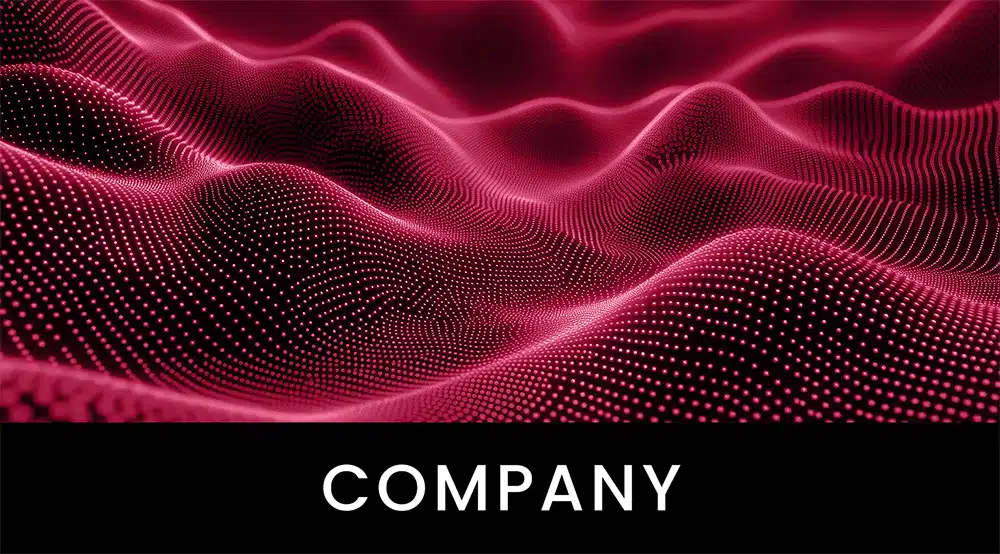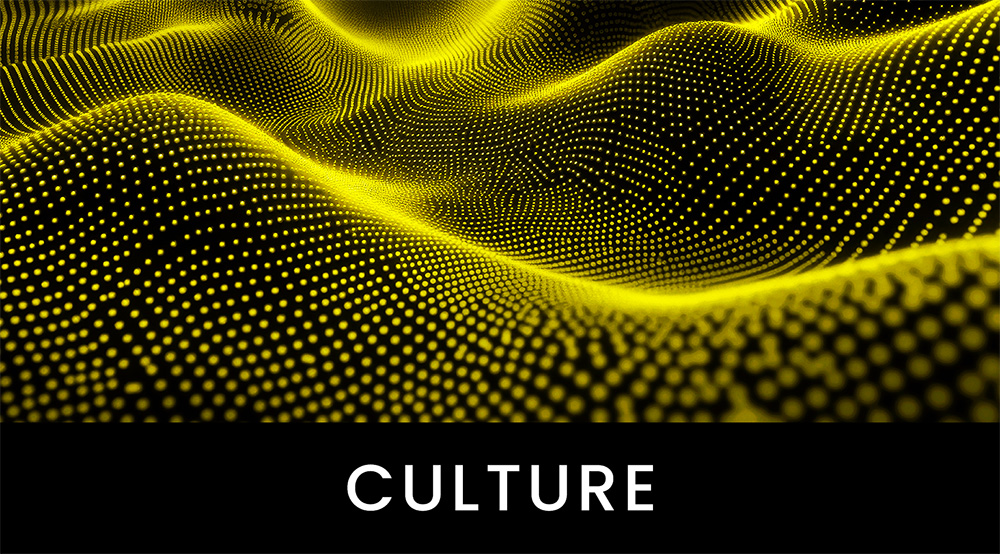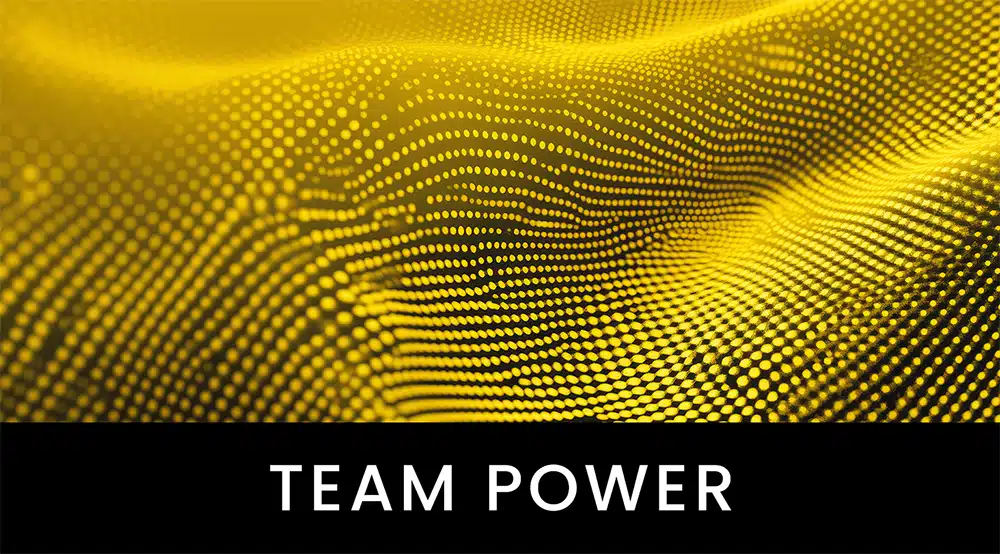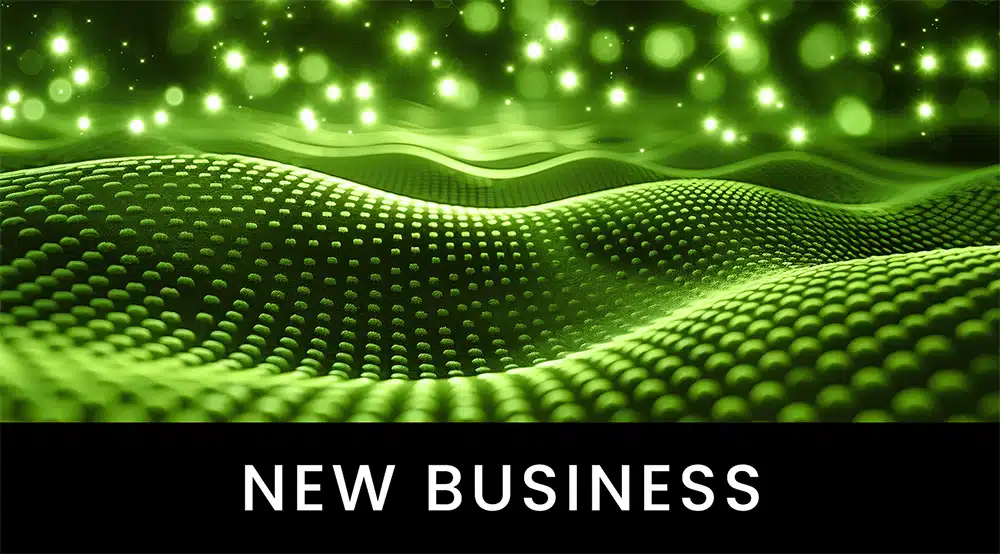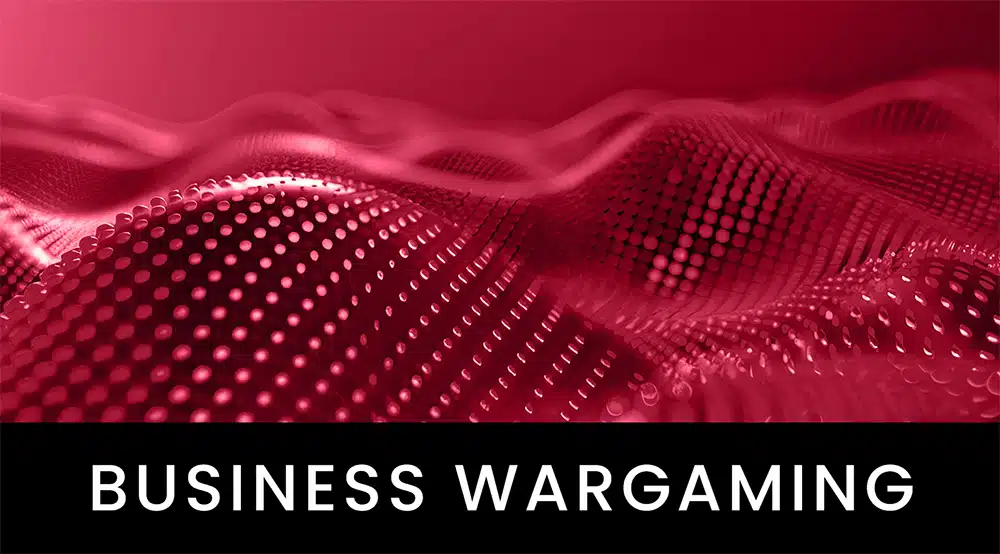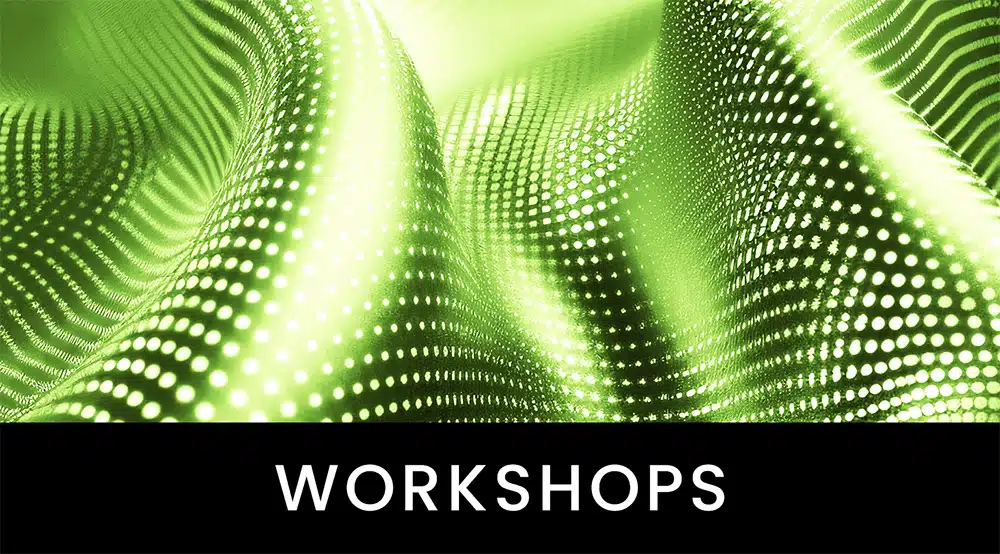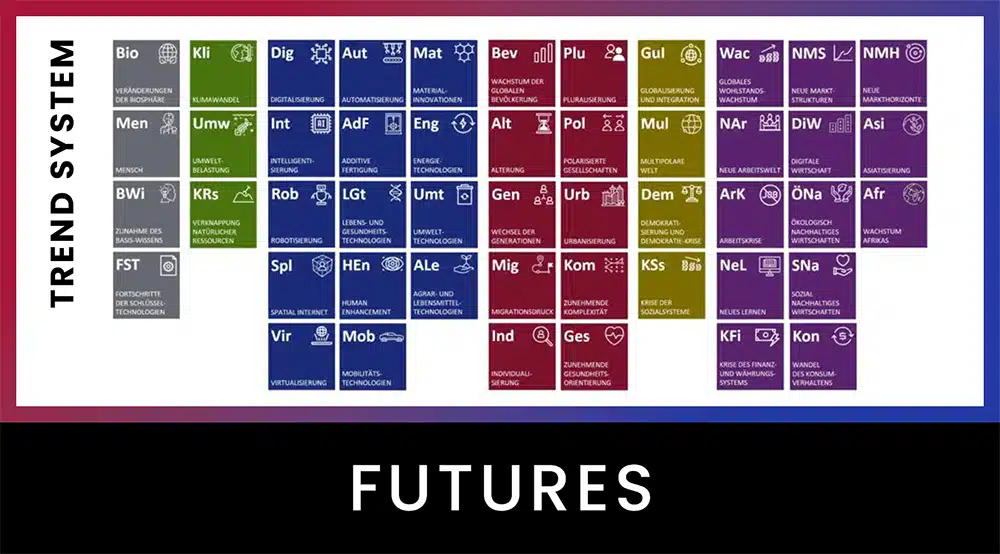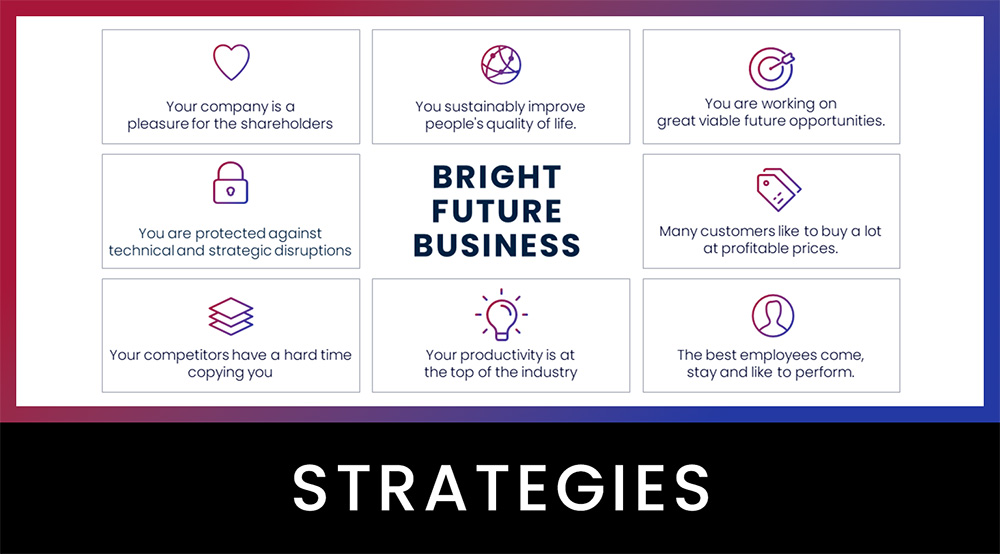As a craft company or partner in the craft sector, are you looking for a strategy to successfully master the challenges of the future?
In the area of tension between continuity and disruption, the development of a future-robust vision and strategy is an urgent necessity. Trends and technologies will permanently change both customer expectations and the craft itself. Clear and solidly questioned assumptions about the future of the market help to align strategically with a robust future. Over the next few weeks, we will be presenting the trends that will shape and change the skilled trades and their partners over the next five, ten or fifteen years.
The following graphic provides an overview of the eight most important trends and technologies.

Identify and exploit your strategic opportunities in current and new business areas
In our series, we present five inspiring vision candidates that we have developed based on three dimensions.
The future of the market for skilled crafts companies and their partners is described with the help of the five future glasses of the Eltville model for future-proof strategy development.
This series is based on the Market Foresight Smart craft: Between tradition and technology. Vision candidates and future strategies for the skilled crafts sector and its partners.
Individual trends and technologies
- Trend 1: Informatization
- Trend 2: Automation and robotization
- Trend 3: Artificial intelligence
- Trend 4: Virtualization
- Trend 5: Shortage of skilled workers
- Trend 6: Ecological sustainability
- Trend 7: Regionalization and traditional values
- Trend 8: DIY and emancipation of customers

